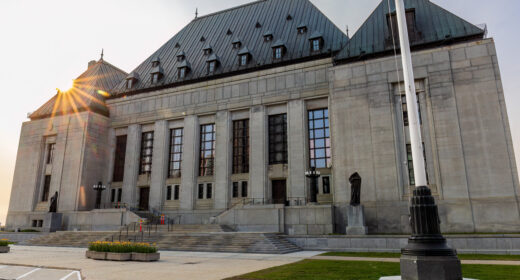You come up with an invention, and you want to protect your invention. So, where do you start?
There are at least four criteria that a patent office will examine in order to grant or allow a patent. For obtaining a patent, it must be new (so no one disclosed / used before), inventive, useful (or has a utility), and patentable subject matter (for example, abstract idea, theory without any particular applications, etc. are not patentable).
First thing we recommend to do is to make sure that your invention is really new and inventive. This can be confirmed by keeping your invention confidential/secret and doing patentability searches in, at least, patent databases.
For conducting patent searches, there are a number of free tools available. The followings are a few of these free tools available on-line:
- Basic Search – Canadian Patents Database (covers only published Canadian patents and patent applications).
- Search for patents | USPTO (covers only published US patents and patent applications)
- Espacenet – Home page (covers many European, Asian and North American published patents and patent applications)
- Google Patent Search (Google) (covers published patents and patent applications from United States, Europe, Japan, China, South Korea, WIPO, Russia, Germany, The United Kingdom, Canada, France, Spain, Belgium, Denmark, Finland, Luxembourg, The Netherlands, Austria, Australia, Brazil, Switzerland, and Taiwan)
Google also covers a large volume of non-patent literatures, such as published science papers.
Patent searches will not only provide you an insight as whether your idea / invention is really new and inventive but will also provide a land scape of the market, including identification of current and/or potential competitors and/or licensees, and how “crowded” your marketplace is. Once your search confirms that your idea / invention is new and inventive, then next step is to prepare a patent application for filing.
Sometimes it is difficult to conduct patent searches or analyze the search results. It you are not sure what to do or where to start, you should seek for a professional help. We are always here to help you.




